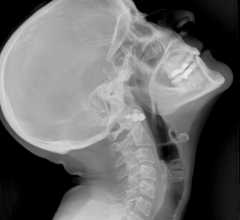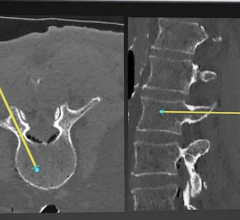
January 15, 2016 — Royal Victoria Regional Health Centre, Barrie, Ontario, installed three Carestream DRX-Revolution mobile X-ray systems to help care for patients in the emergency department (ED), intensive care unit (ICU) and neonatal intensive care unit (NICU). This installation was part of a technology upgrade designed to help improve care for critically ill patients. The 319-bed facility is north of Toronto and provides advanced treatment for patients in several counties.
“The DRX-Revolution systems deliver high-resolution images that can help our physicians quickly and accurately assess and treat acute care patients. We are extremely pleased with the design and performance of these systems,” said Scott Good, M.D., the hospital’s medical director of imaging services.
Rapid image access is another compelling advantage. “Being able to view X-ray images in seconds equips physicians to make immediate patient care decisions,” said David Wilson, the hospital’s manager of imaging services. “In addition, converting to DR [digital radiography] technology has helped reduce exposure rates by 30 to 40 percent, which is especially important for urgent care patients since they are often imaged frequently to track the status of their condition.”
Carestream’s software provides a companion image that delivers optimized visualization of tubes and lines. “Physicians use these images to help position tubes and lines for seriously ill or injured patients. Because the companion image is created from the initial image, we do not need to capture multiple X-ray exams of our patients,” Wilson explained.
The hospital has three Carestream DRX-1 detectors and a 25 x 30 cm Carestream DRX 2530C detector. “The small-format detector fits into incubator trays so we can image these fragile babies without moving them. We also use the DRX 2530C detector for large patients because its handle makes positioning easier for our technologists,” Wilson noted.
Prior to purchasing the imaging systems, staff members conducted an extensive evaluation process that involved a vendor fair with product demonstrations from seven companies. Technologists and imaging managers ranked the systems and the top three vendors were selected for two weeks of onsite evaluation.
“Our staff agreed that the DRX-Revolution platform outperformed the other systems. It’s easy to use and offers advanced features that expedite and enhance the imaging process,” Wilson added. “It also communicates easily with our RIS [radiology information system] to obtain patient worklists and with our PACS [picture archiving and communication system] to expedite reporting.”
For more information: www.carestream.com


 July 18, 2024
July 18, 2024 







